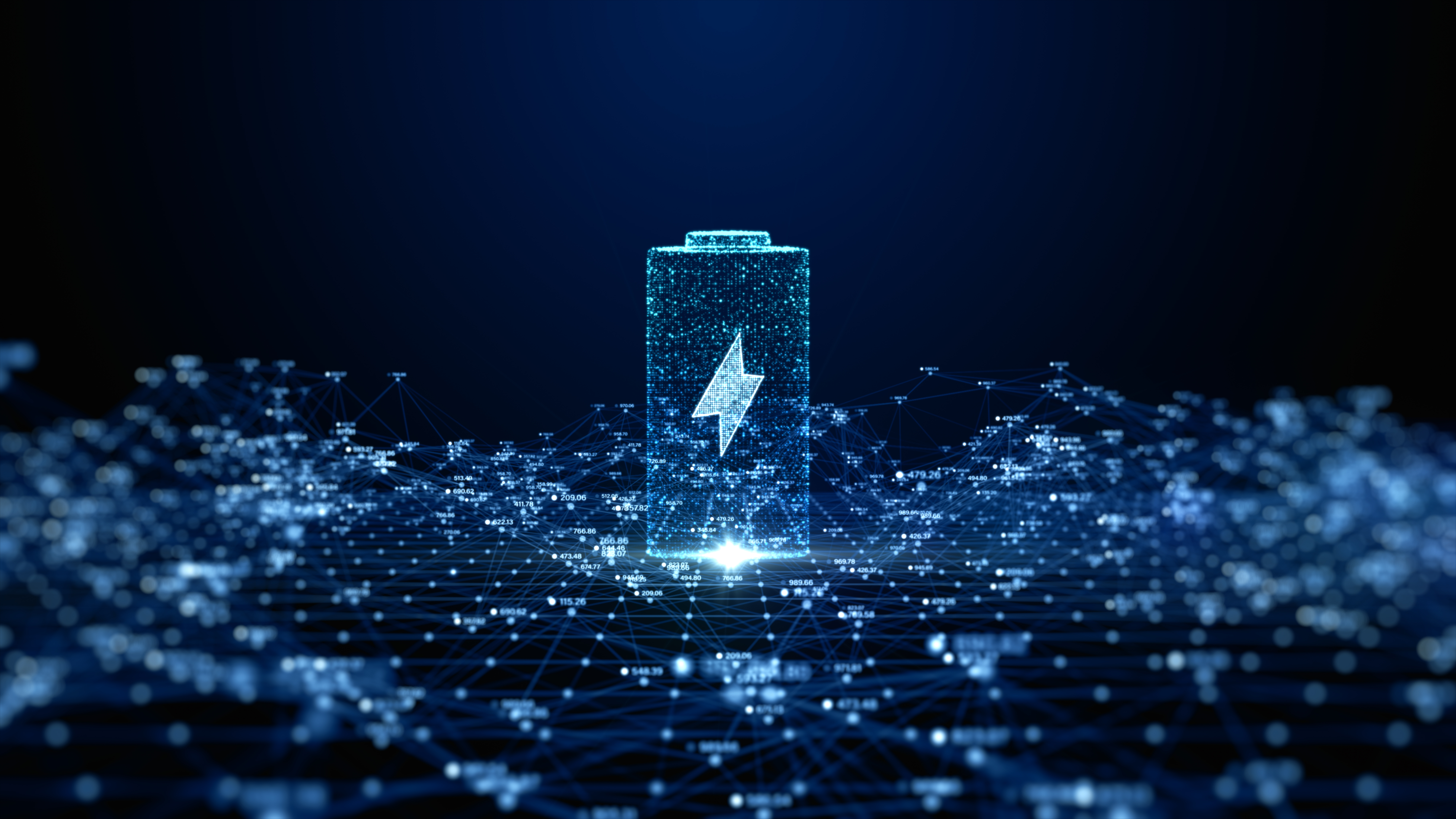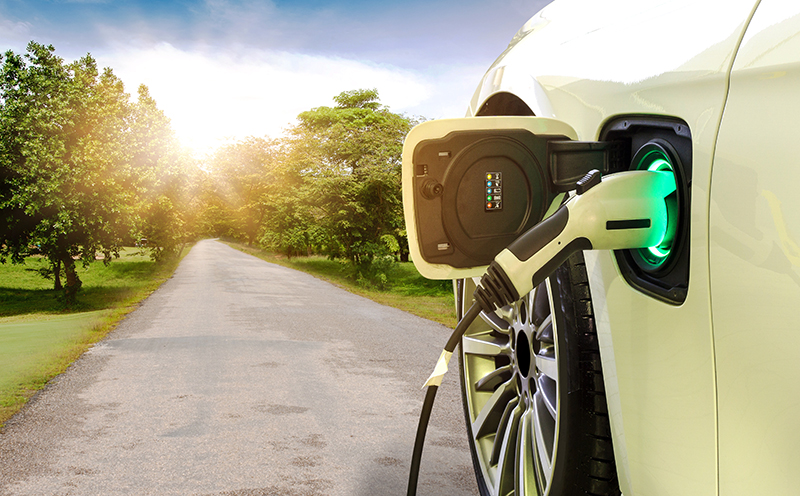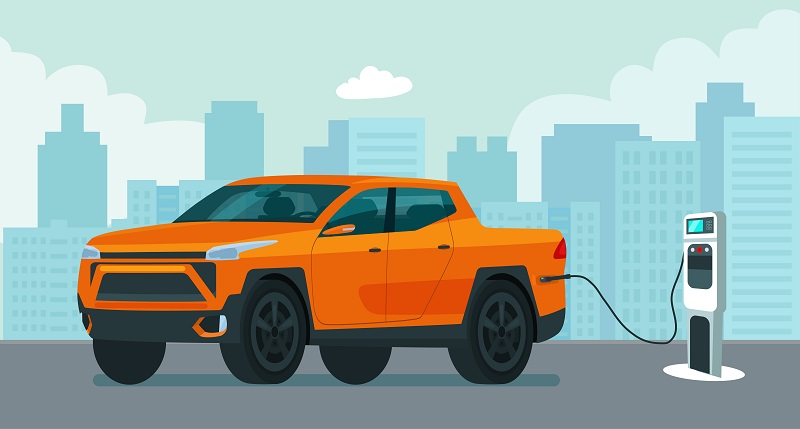With EVs, More is More
CX Insights - Trend Watch - Automotive Industry (ICYMI August 2023)
ICYMI - While media attention was diverted to UAW negotiations updates during August, I noticed other worthy trends to highlight in this month’s blog. In the interest of being relevant, I would like to quickly share a good article that summarizes the quadrennial tradition of UAW negotiations combined with key nuances of this year’s activities.
With that said, here are key developments I noticed in this month’s news, where EVs and their ecosystem continue to generate investment and innovation. 
More Charging Options
One of the main challenges that EV customers face is the lack of charging infrastructure. According to a recent study by Smart Energy Consumer Collaborative, 64% of potential EV buyers said that access to public charging stations was a top concern. In the past few months, we’ve learned about US automakers adapting Tesla charging standards as part of their shorter term actions to respond to these concern, but we also see that it’s not the only strategy OEMs are following to ensure anxiety-free charging infrastructure.
GM announced a plan to install 1,000 new DC fast chargers across the US in collaboration with EVgo, a leading public charging network. These new chargers will be compatible with all EV models and powered by 100% renewable energy, giving GM customers more flexibility when charging their vehicles and boosting GM’s image as a green, innovative company.
Stellantis completed an agreement with AGI, a leading provider of EV charging solutions, to support the electrification of Stellantis’ US dealerships. This agreement will enable Stellantis dealers to offer more EV models and services to their customers while generating additional income from charging fees and subscriptions. This will also help Stellantis dealers differentiate themselves from their competitors and attract more EV buyers.
Hyundai Motor Group revealed plans to develop its own fast-charging technology in-house as well as a partnership with IONITY, a European charging network, to offer discounted rates to its EV customers. For customers, this means reduced charging time and cost. For Hyundai, it means enhancing their reputation as a technology leader and innovator.
More Backup Power
Here’s something that will likely have a very positive effect on Customer Experience. One additional benefit that EV owners can look forward to is ability to power their homes during blackouts. As we all know, power outages can disrupt the charging process and leave EV customers stranded. This has become more important these days as it is especially relevant in areas that are prone to natural disasters or extreme weather conditions, with OEMs taking steps to ensure nothing can stop a charge.
GM introduced a feature called Vehicle Intelligence Platform, or VIP, that allows its EVs to communicate with the grid and provide backup power when needed. The feature will also enable GM to offer services such as vehicle-to-grid (V2G) and vehicle-to-home (V2H) in the future, giving GM customers more peace of mind and convenience when using their vehicles.
It's also worth reminding our readers that Ford looked into this offering in early 2022. Their joint charging system with Sunrun can power a home for up to three days in case of an outage. Given GM's introduction of a similar feature, this may set an industry standard for providing EV owners backup power for their home.
More Lithium Sources & Technologies
In continued effort to secure plenty of supply for the increasing demand of electric vehicles, OEMs continue their investments into advancing EV battery technology and sustainability. Here’s the latest!
GM is backing a Silicon Valley startup, Mitra Chem, that uses artificial intelligence to speed up the development of cheaper and more efficient lithium-ion battery materials. Mitra Chem will help GM create advanced iron-based cathode materials that could be used in its next-generation Ultium batteries after 2025.
Stellantis isn’t afraid to invest either, throwing down over $100 million toward Controlled Thermal Resources in California to secure lithium supply for its EV fleet. Their goal: Make half their fleet fully electric by 2030.
More Miscellaneous News
Sustainability isn’t limited to just a vehicle’s source of propulsion. We are seeing other innovative ways to reduce emissions in the production front as well!
Hyundai recently developed a new paint curing technology that reduces the amount of carbon emitted in the manufacturing process. While previous paint used melamine (cured at 284 degrees Fahrenheit or higher), Hyundai’s new isocyanate-based paint cures at roughly 194 degrees Fahrenheit. Read on to see how much this will reduce Hyundai’s carbon footprint annually.
For further information on how we got to where we are, I encourage you to check out our previous ICYMI blog posts throughout 2023.
- July 2023: Chips, Flying & Everything In Between
- June 2023: A Crop of SDV & Other Plants
- May 2023: China, Robots & Charging: Oh My!


 By
By


